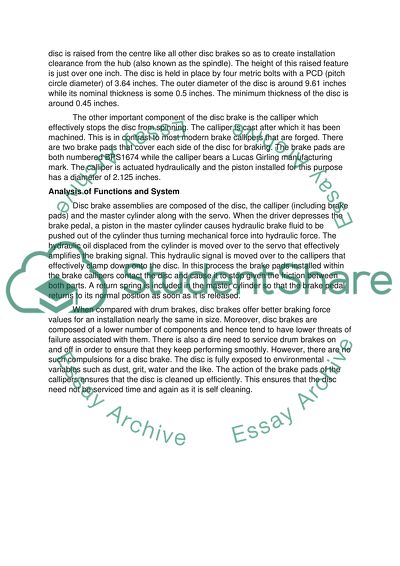Cite this document
(“Product Innovation 1 : 103MED Re-sit Coursework - Summer 2011”, n.d.)
Retrieved from https://studentshare.org/engineering-and-construction/1429832-product-innovation
Retrieved from https://studentshare.org/engineering-and-construction/1429832-product-innovation
(Product Innovation 1 : 103MED Re-Sit Coursework - Summer 2011)
https://studentshare.org/engineering-and-construction/1429832-product-innovation.
https://studentshare.org/engineering-and-construction/1429832-product-innovation.
“Product Innovation 1 : 103MED Re-Sit Coursework - Summer 2011”, n.d. https://studentshare.org/engineering-and-construction/1429832-product-innovation.


